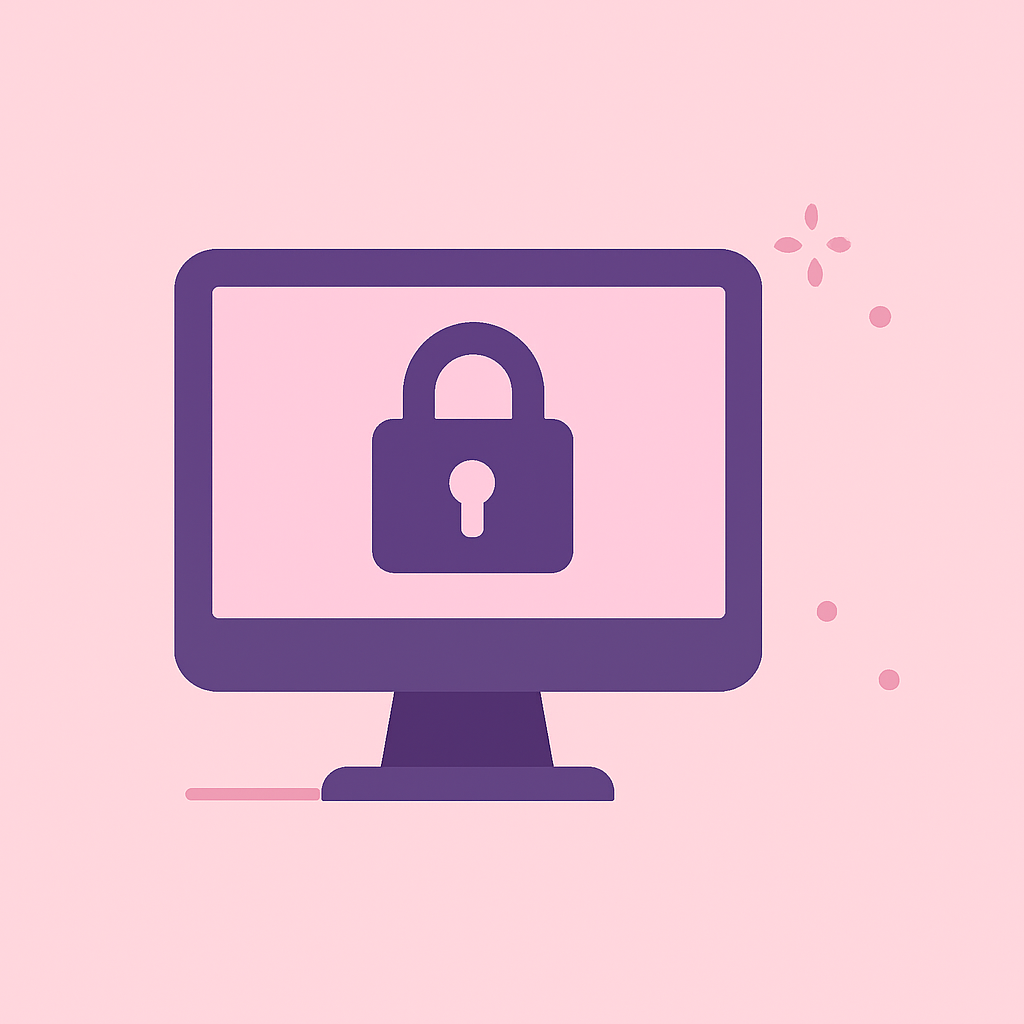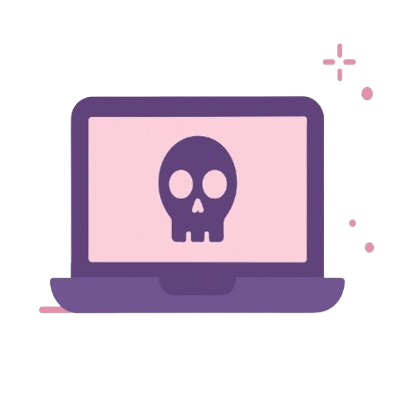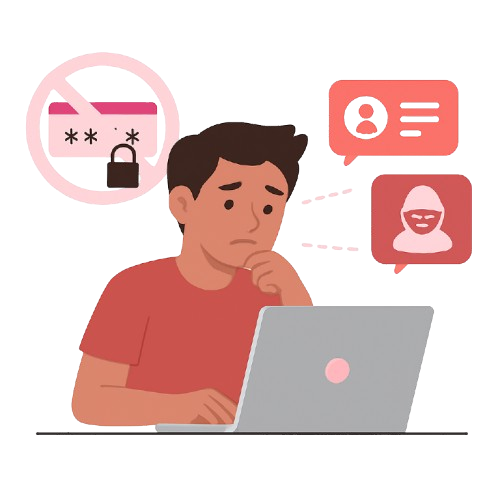
AP Computer Science Principles : Research Assignment
This website contains research on topics pertaining to data privacy, security, and ethical computing!


When you utilize and store data on a computer or any device, there are risks to the privacy of your data. Whether the intel is extremely confidential or a very minor case, data security is always at risk. Computers can often have low security which causes data to get hacked and stolen. In order to protect data from getting stolen, we must acknowledge risks to its privacy.
A real-world example of computer data risk is an individual leaving a computer out in public unlocked. This allows another individual with malicious intent to sneak unsuspected onto their computer and steal the data due to no protection. Another example is search engines such as google have access to your search history and transactions in which they can use to make data about you. When utilizing social for data, it gets put onto the network and becomes difficult to discard.
When leaving your computer unprotected, it leaves it at risk of getting hacked and data stolen. People can pose to be you on the internet and take possession of things that belong to you. In addition, they can delete information in which you may never be able to get back or they may reupload unwanted information to the internet. Not only that, but individuals may get blackmailed in order to keep the hacker from using their data.
After acknowledging the consequences of data privacy, it’s important to learn measurements in order to prevent hacking. For instance, a person can minimize the amount of tabs they open in order for hackers to gain minimal information. As well as, deleting your history in case they gain access and won’t be able to view your recent searches. A user should also create multiple passwords in order for hackers to have a more difficult time with accessing other accounts. Overall, data privacy can be a huge problem, but only if you don’t utilize the correct security.

If you look back at all the networks you’ve ever been on, it would be way beyond the number of counting. Now just imagine you could’ve gotten hacked or your information on each and everyone of them. This is unfortunately a common daily occurrence that happens to a multitude of people on the internet. So many individuals get hacked just because they lack knowledge of computing resource safety.
An occurrence in the real world is when a person goes onto a malicious network or site that poses to be trustworthy but in reality takes data from them. People’s passwords also can be guessed after learning new information about the person such as their birthday which could be used for their password. In addition, viruses can track information through transactions of the user to also gain access and information from them.
When a person gains access to a user’s data they can use it to access a user’s unique authentication. Examples of these are usernames, passwords, fingerprints, etc. After they’ve gained the user’s personal information they can use the account of the user to utilize their resources and data. For instance, they can use a bank account to transfer money from the user to the hacker.
A way to prevent users from getting hacked is to make stronger passwords. This can include capitalizing letters, adding numbers, adding special characters, or lengthening the text. Although it is important to make a strong password, it’ll all be completely useless if the user isn’t cautious of the sites they visit in which the hacker will be able to track information regardless of their password. Even though the web can be quite dangerous and lead to lost data, users can navigate through it safely if they are more careful.

Unauthorized access happens when someone gets into a computer, account, or network without permission. This can happen to anyone, from regular people to big companies. Many people don’t realize how easy it is for hackers or strangers to sneak into their stuff. If someone isn’t careful, their private information can be stolen before they even notice.
One example of unauthorized access is when a hacker guesses someone’s password and logs into their account. It can also happen if someone forgets to log out of their computer at school or work, and another person gets into it. Hackers can even break into huge company databases and take customer information. All of these examples show that both small mistakes and big attacks can lead to unauthorized access.
When someone gets into your computer or account without permission, the results can be really bad. They might delete or change your files, or even pretend to be you online. Hackers could steal money from your bank account or use your personal information for scams. Sometimes, even something small like losing control of a social media account can turn into a huge problem.
To stop unauthorized access, people need to be more careful with their devices and accounts. Strong passwords with numbers and symbols make it harder for hackers to guess. Using two-factor authentication is another way to protect accounts. It also helps to log out of devices when you’re done and keep your software updated. If people use these safety steps, they can lower their chances of getting hacked and keep their computing resources safe.